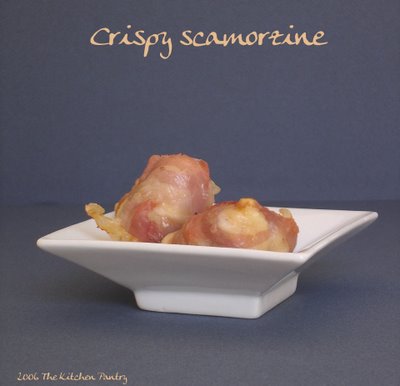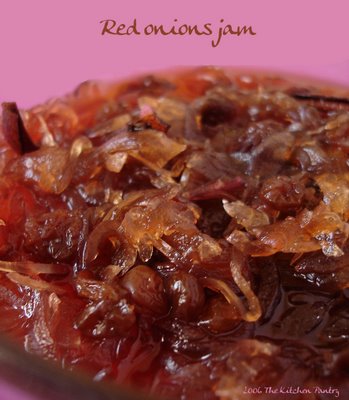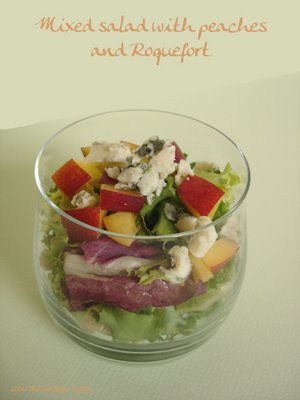WHB # 52, First Anniversary:Verbena Rabbit

 I do not know what the rest of the world think or feel about eating rabbits, but for Italians and French that’s quite normal. I know, they are cute, nice and so soft (when alive, of course), but they also have a very peculiar taste, beside being healthy, and I like it so much…
I do not know what the rest of the world think or feel about eating rabbits, but for Italians and French that’s quite normal. I know, they are cute, nice and so soft (when alive, of course), but they also have a very peculiar taste, beside being healthy, and I like it so much…
My father in law used to breed rabbits (to sell to butchers) and they are really cute when they are little puppies, and maybe all this post may look absolutely brutal, but when food consumption is rooted in tradition, I think it should not be questioned but rather taken as it is… But you can use chicken for this recipe! Though even little chicks are cute…
Anyway, I didn’t want to get political or anything, I just wanted to introduce my last experiment, inspired and made uniquely in celebration of Kalyn and her Weekend Herb Blogging anniversary.
I thought how I could use, besides desert, one of my favourite herb: lemon verbena. My father in law (the same of the rabbits) made me a little plant from his and since then we have it on our balcony. It is a perennial shrub, happy with a lot of sun and water, extremely easy to grow: you just need to give it water!
We normally use it for herbal tea: we cut a little branch and infuse it in hot water. Delicious and lemony! I tried to use it for marinade and it’s just perfect, giving a nice lemony scent…
If I can, this year I will try to dry the remaining leaves before fall begins (in Italy it is still quite hot this year: around 25 °C today!)…
Serves 4
1 rabbit, already gutted and cut in 8 pieces
Plenty of lemon verbena branches
Good quality extra virgin olive oil
Salt and pepper
Place the rabbit in a shallow dish greased with oil. Season it with salt and pepper and scatter over it lemon verbena. Let it rest in the fridge for at least 4 hours.
Pre-heat the oven at the highest temperature and cook the rabbit for 20 –30 minutes, brushing it often with lemon verbena leaves.
Serve hot with some steamed vegetables.








